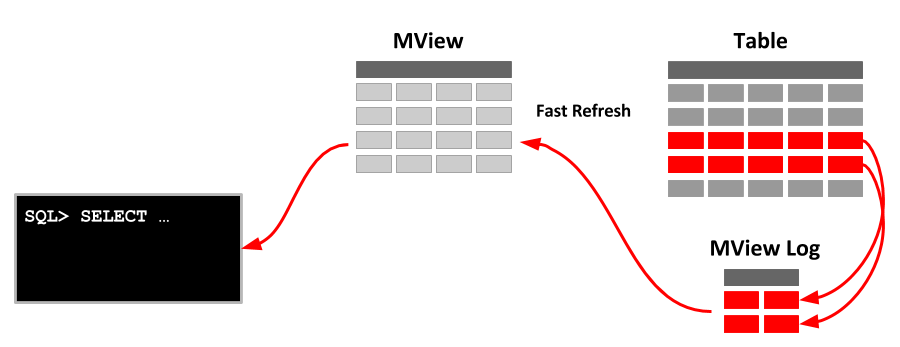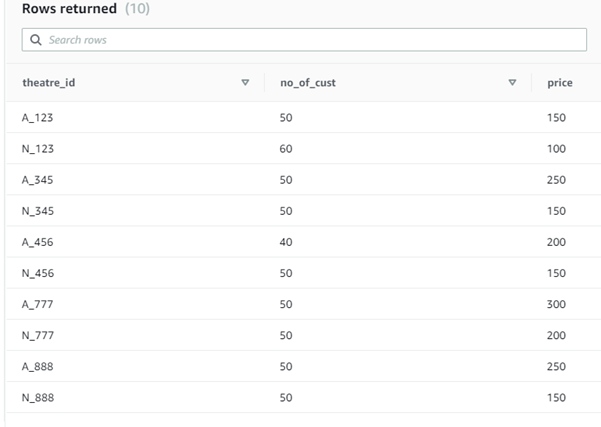
- Redshift materialized views how to#
- Redshift materialized views full#
- Redshift materialized views password#
In a production database the owner_mat_view role would almost certainly To illustrate the basic permissions in play. The quick example in this post showed the bare minimum details To switch to the role when it wants to act as the owner. Instead, it must use SET ROLE owner_mat_view With this change, the my_user role cannot act directly as the Roles the Role name is granted access to. The easiest way to view roles and their membership in other roles Role use GRANT TO GRANT owner_mat_view TO my_user To make the my_user a "member" of the new owner_mat_view group

CREATE ROLE owner_mat_view WITH NOLOGIN ĪLTER MATERIALIZED VIEW test_mv OWNER TO owner_mat_view Ĭheck ownership again to confirm the change. SELECT v_name, ownerĬreate a new group role owner_mat_view to own the materialized view.Ĭhange the owner to this new role. To view the current owner of the test_mv materialized view. The my_super role currently owns the materialized view Same as other object like tables, views, sequences, etc. Materialized views in Postgres have an owner, User roles includes human users as well as system users for webapps, APIs and backend services. The concept is implied through the use of a role WITH LOGIN (user) and WITH NOLOGIN (group). Postgres does not have the concept of "group" or "user" roles. Refresh the materialized view can be added to this group role Permissions! Instead, the materialized views can be owned byĪnother role, or a "group role." Users that need the ability to
Redshift materialized views full#
The ability to REFRESH MATERIALIZED VIEW full superuser There are two (2) caveats to the error must be owner from Postgres.

Use RESET ROLE to get back to the super user role. REFRESH MATERIALIZED VIEW test_mv ĮRROR: must be owner of materialized view test_mv Unfortunately, my_user is not the owner of the materialized viewĪnd gets the error telling them so. SET ROLE my_user Īs the my_user you have the ability to run a SELECT queryĪgainst the test_mv. To change the security context to the my_user roleĪnd verify with another check of current_user. The new test_mv materialized view to the my_user role. To simulate another (non- SUPERUSER!) user interacting with the, SELECT id, MD5((id * random())::TEXT) AS val This example materialized view is quite simple, most MVs are far more exciting! CREATE MATERIALIZED VIEW test_mv AS SELECT current_user Īs the my_super role, create a materialized view named test_mv. This is important when testing role-related permissions.

Querying current_user allows you to double check your current role. Log in via psql as the new my_super role.
Redshift materialized views password#
PASSWORD 'YouWouldNeverCopyPasteThisRight'

I'll start by defining a SUPERUSER role that will create
Redshift materialized views how to#
This post uses a simple example to illustrate how to delegate refresh Users stub their toe on permissions becauseĬan only be done by the owner of the materialized view. Users to manually refresh the data on demand. Keeping materialized views regularly refreshed is often a delegated This is done through the REFRESH MATERIALIZED VIEW They need to be explicitly refreshed to show changes to the underlying Is expensive and slow yet high performance SELECT queries are required. This is helpful when the underlying query Materialized views in Postgres are a handy way to persist the result By Ryan Lambert - Published July 05, 2021


 0 kommentar(er)
0 kommentar(er)
